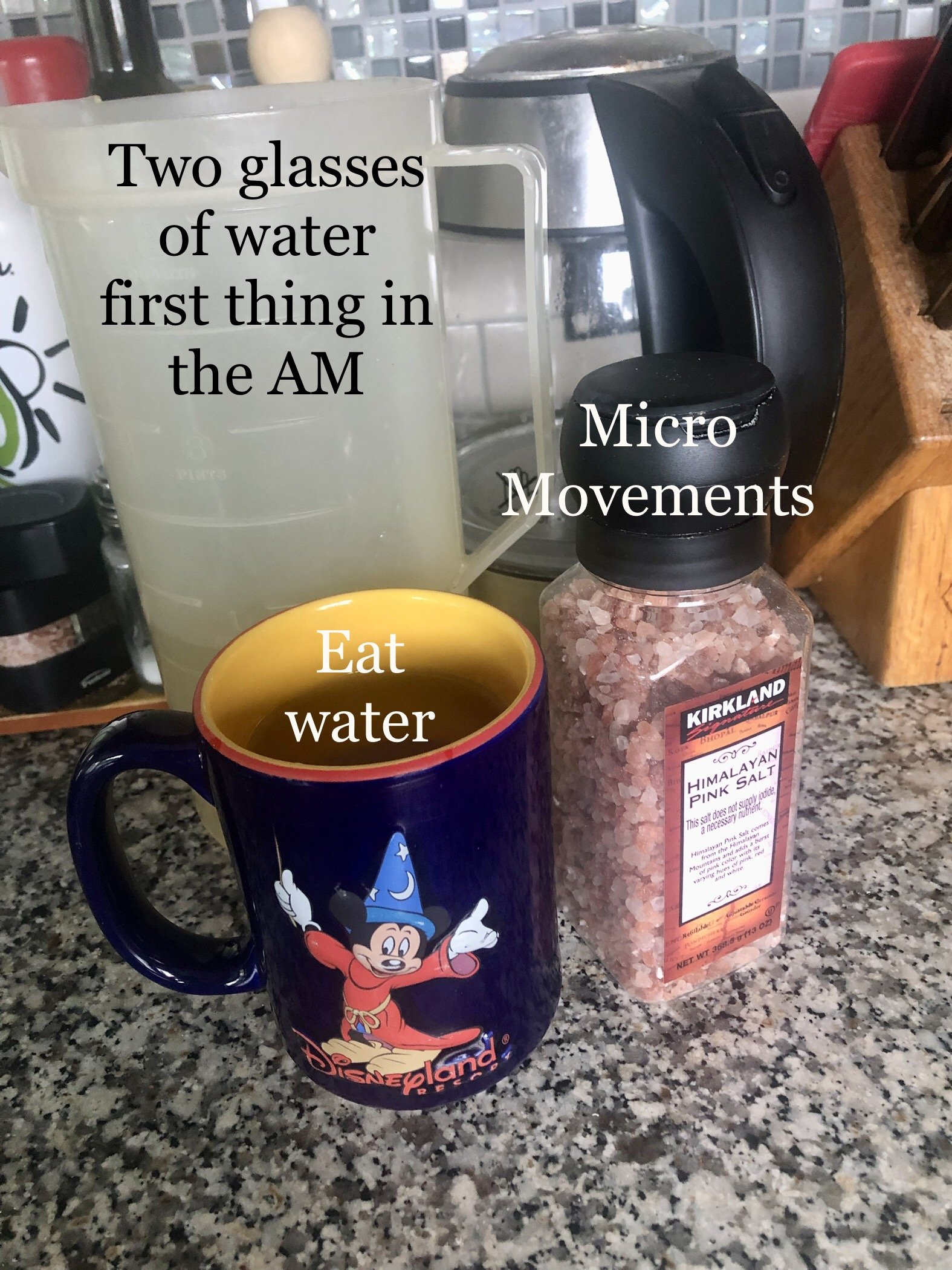As physical therapists, we are always looking for innovative non-pharmacological approaches to pain management. We actively seek out therapeutic tools that offer our clients effective self-care solutions. Among these are foam rollers.
I sculpted the Smartroller® with human anatomy in mind to create greater comfort for my clients. This allows them to rest on it longer, breathe with freedom and engage more deeply (and without incurring more pain). The increased comfort of lying on the Smartroller encourages users to tune into subtle interoceptive cues and find alternatives to painful, habitual movement patterns. Diminished signals from over-active pain responses can then clear the way for more efficient movement possibilities.[1]
The unique configuration also increases affordances for rocking movements. Patients can explore self-soothing by gently rocking back and forth, much like rocking a baby in a cradle. They typically find that slow, rhythmical rocking softens bound up tension, increases their range of comfortable motion, and decreases hyper-reactive responses to sensory input. [2] Once these responses are down regulated, there is an improved body awareness to tune into subtle interoceptive cues that offer alternatives to painful actions.
“The Smartroller challenges the whole nervous system in a safer way than foam rollers.”
Less Pain
More Gain
By learning through a Less pain, More gain approach, patients and clients can then:
• Move with less restrictions by increasing skill, not will
• Find new ways to access a wider range of comfortable rest positions for imagery-based learning
• Discover how to refine easier breathing possibilities
• Learn ways to return to activities that bring enjoyment back into their lives
The Smartroller® can empower our clients by gently supporting embodied self-education and safer, open movement exploration, which is the gateway to acquiring higher functional skills—every therapist’s ideal outcome.
[1] Paolucci, T., Zangrando, F., Iosa, M., De Angelis, S., Marzoli, C., Piccinini, G., & Saraceni, V. M. (2016). Improved interoceptive awareness in chronic low back pain: a comparison of Back school versus Feldenkrais method. Disability and Rehabilitation, 39(10), 994–1001. https://doi.org/10.1080/09638288.2016.1175035
[2] Sawant, V. (2022) Effect of facilitated movement in reducing vaccination-induced pain in young infants: a randomized control trial Yadav et al.
Bulletin of the National Research Centre (2022) 46:117 https://doi.org/10.1186/s42269-022-00807-y















